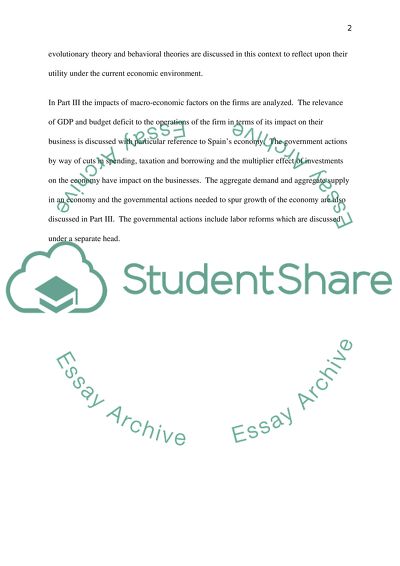Cite this document
(“Supply & demand & elasticity issues. Theories of the firm Essay”, n.d.)
Supply & demand & elasticity issues. Theories of the firm Essay. Retrieved from https://studentshare.org/macro-microeconomics/1402529-supply-demand-elasticiy-issues-theories-of-the
Supply & demand & elasticity issues. Theories of the firm Essay. Retrieved from https://studentshare.org/macro-microeconomics/1402529-supply-demand-elasticiy-issues-theories-of-the
(Supply & Demand & Elasticity Issues. Theories of the Firm Essay)
Supply & Demand & Elasticity Issues. Theories of the Firm Essay. https://studentshare.org/macro-microeconomics/1402529-supply-demand-elasticiy-issues-theories-of-the.
Supply & Demand & Elasticity Issues. Theories of the Firm Essay. https://studentshare.org/macro-microeconomics/1402529-supply-demand-elasticiy-issues-theories-of-the.
“Supply & Demand & Elasticity Issues. Theories of the Firm Essay”, n.d. https://studentshare.org/macro-microeconomics/1402529-supply-demand-elasticiy-issues-theories-of-the.


